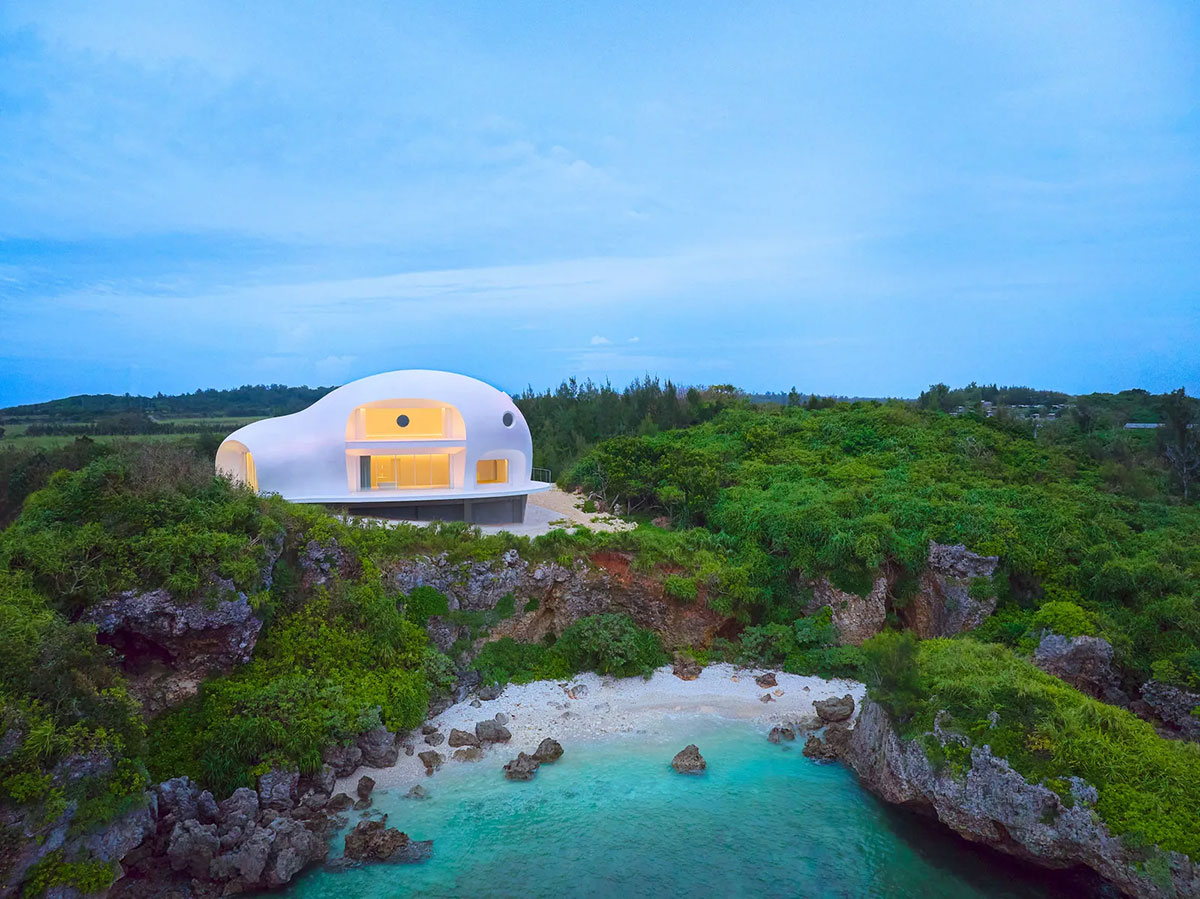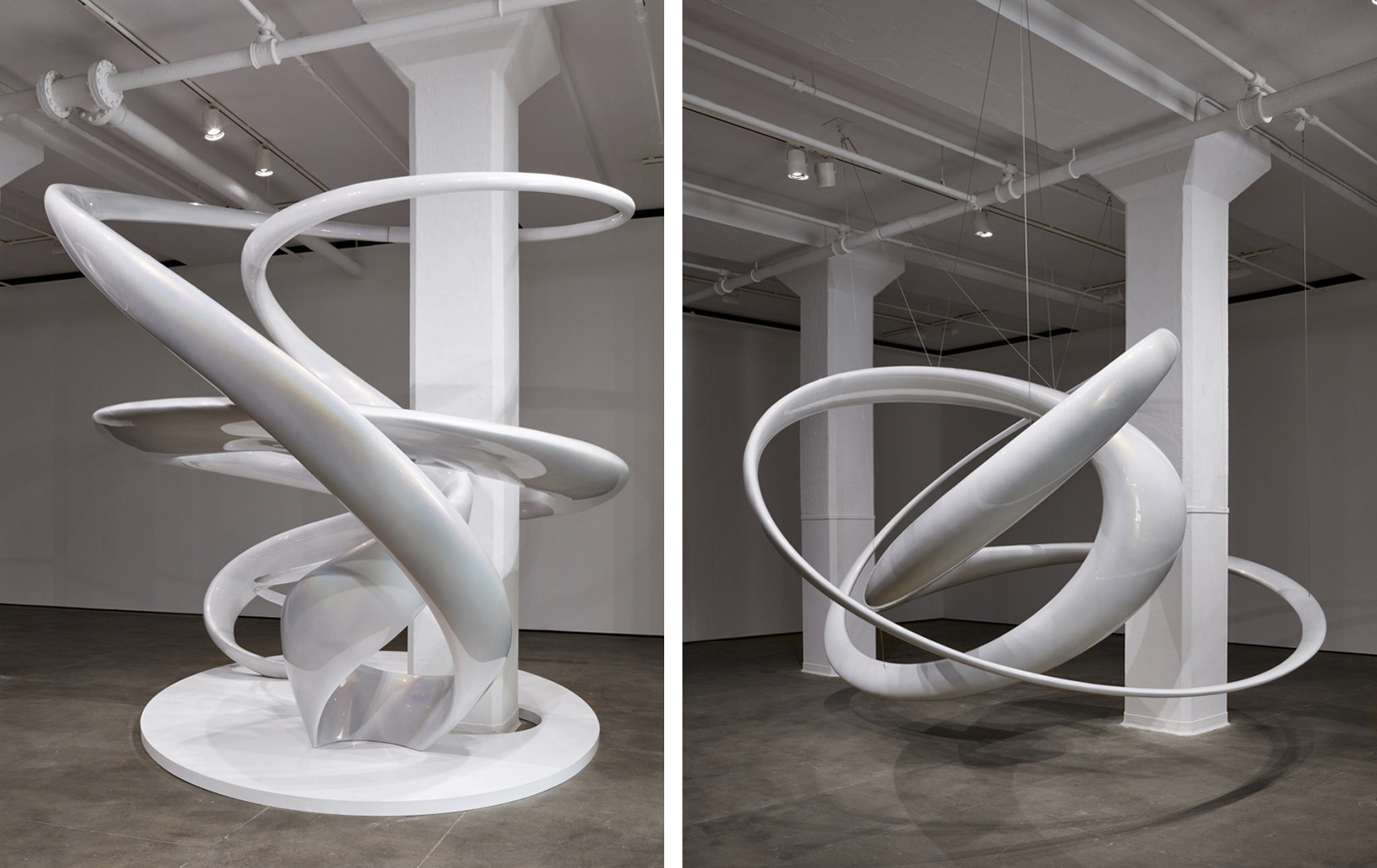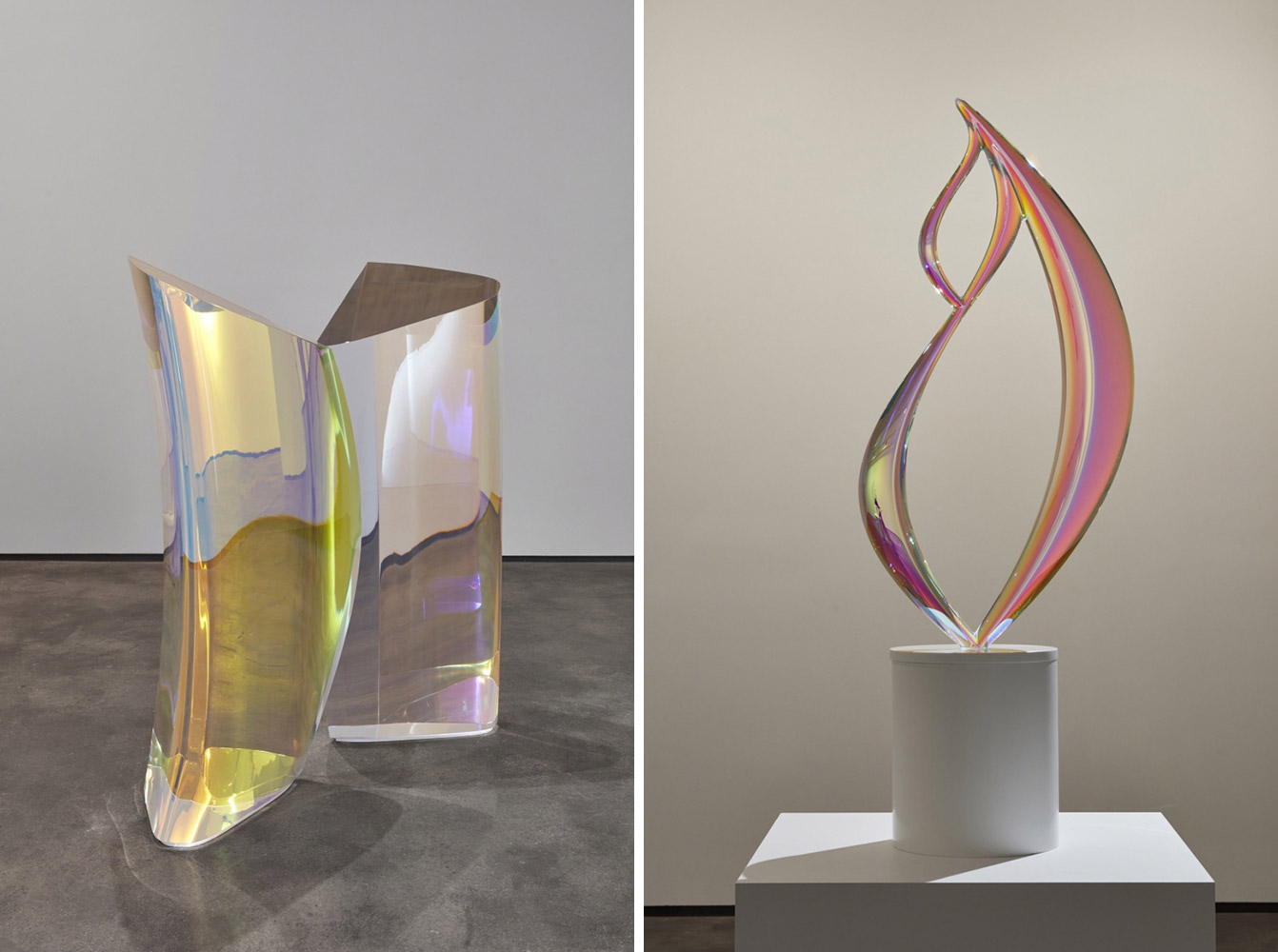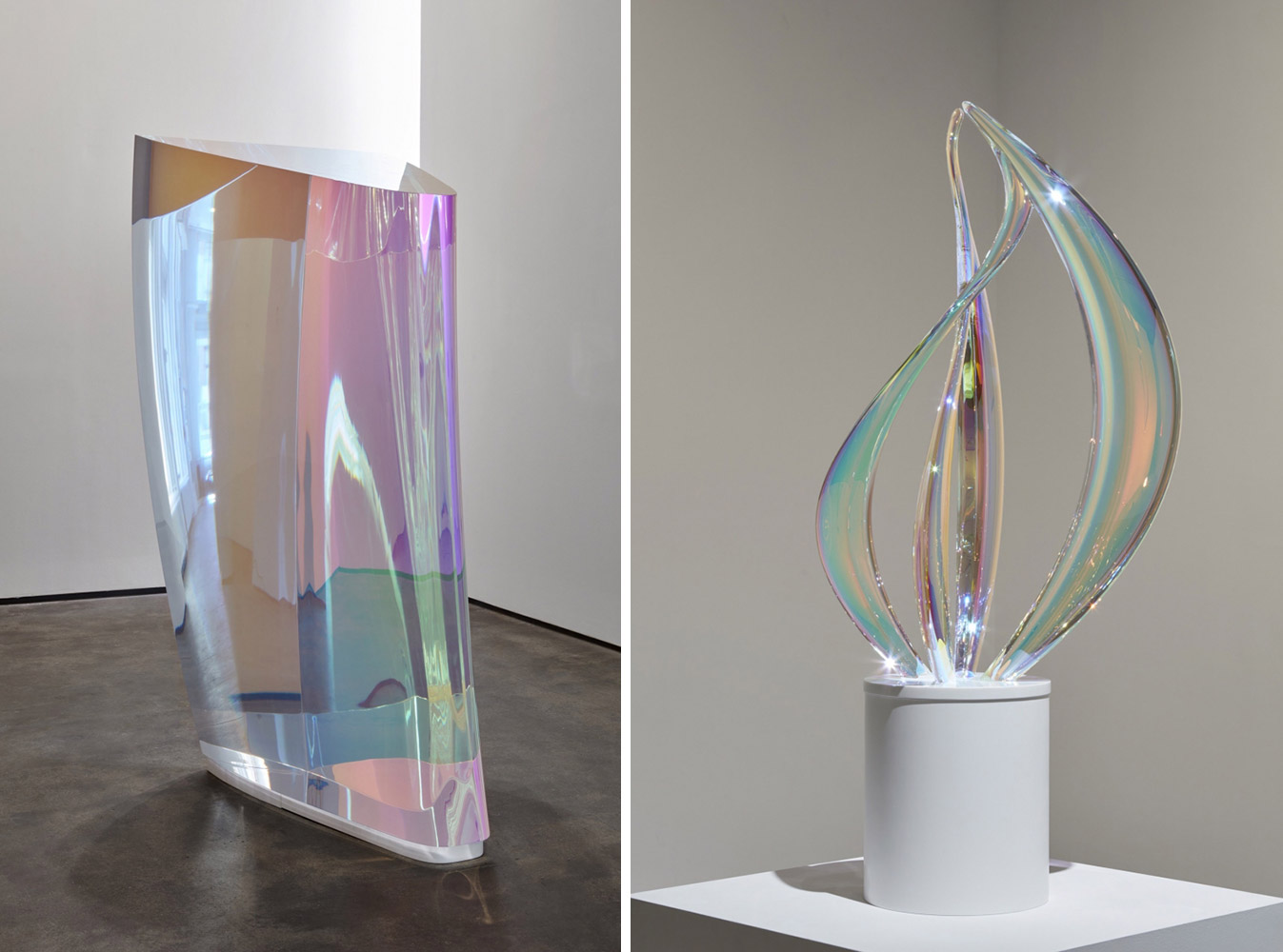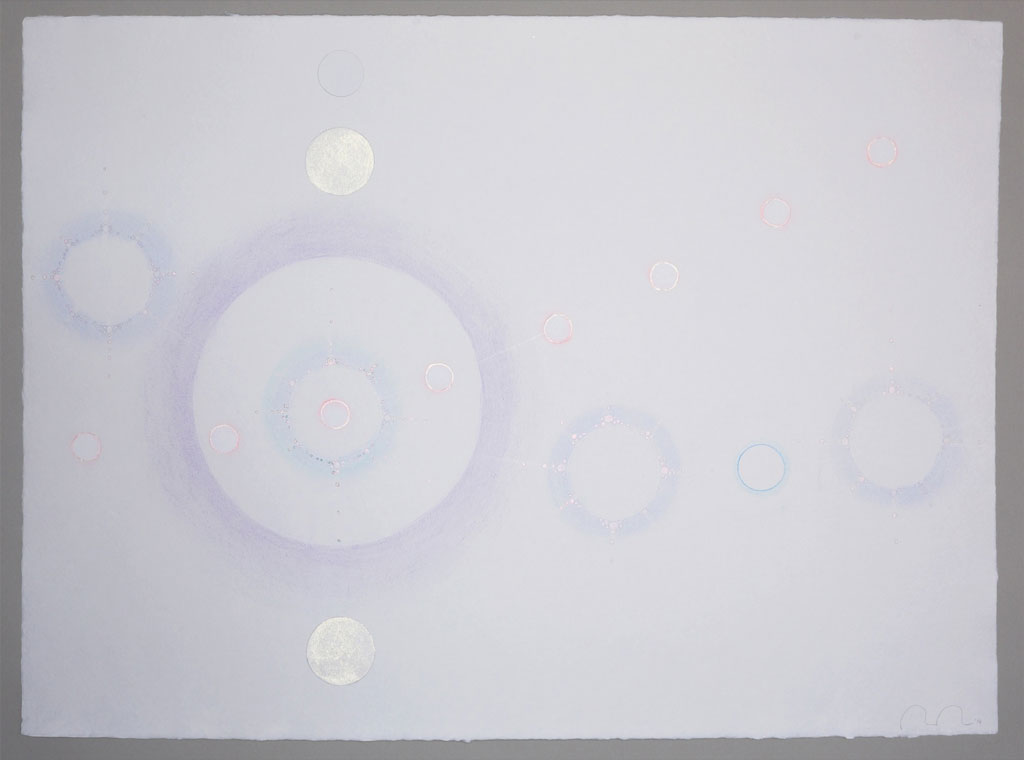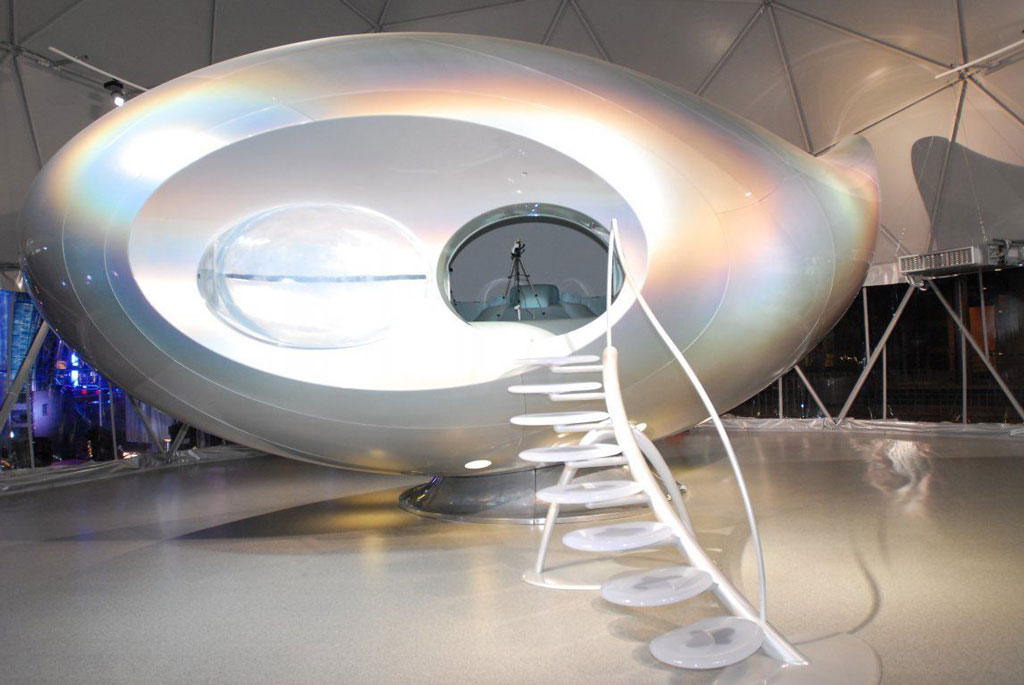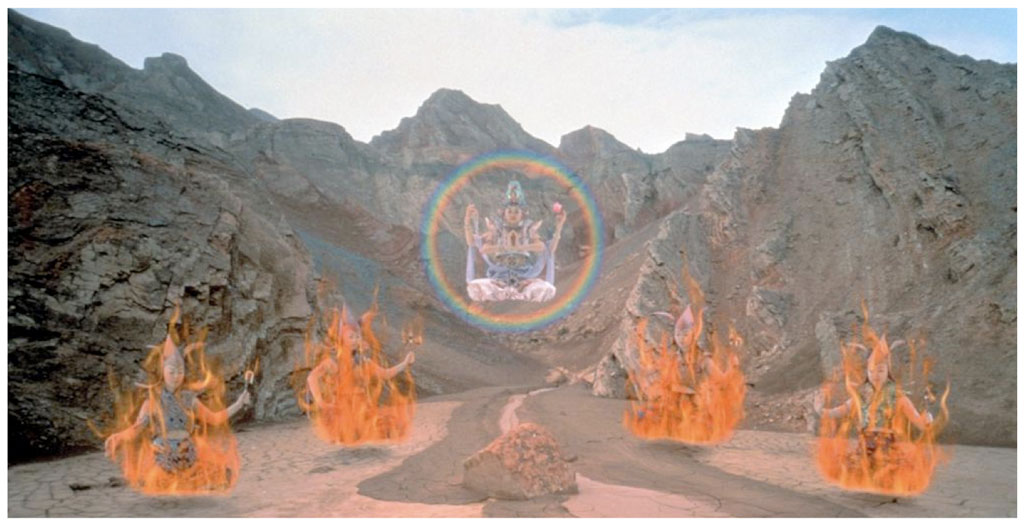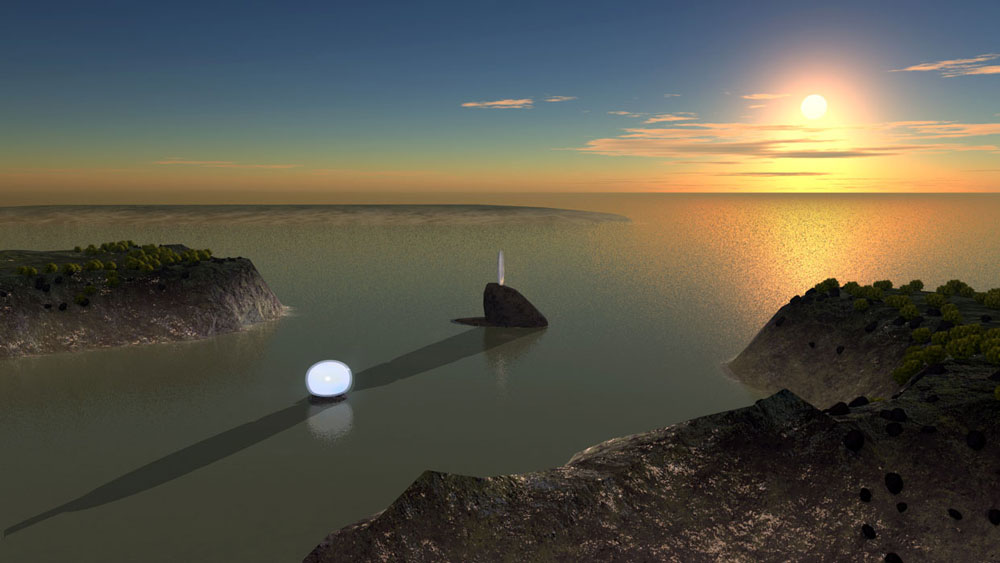TRACES: Mariko Mori
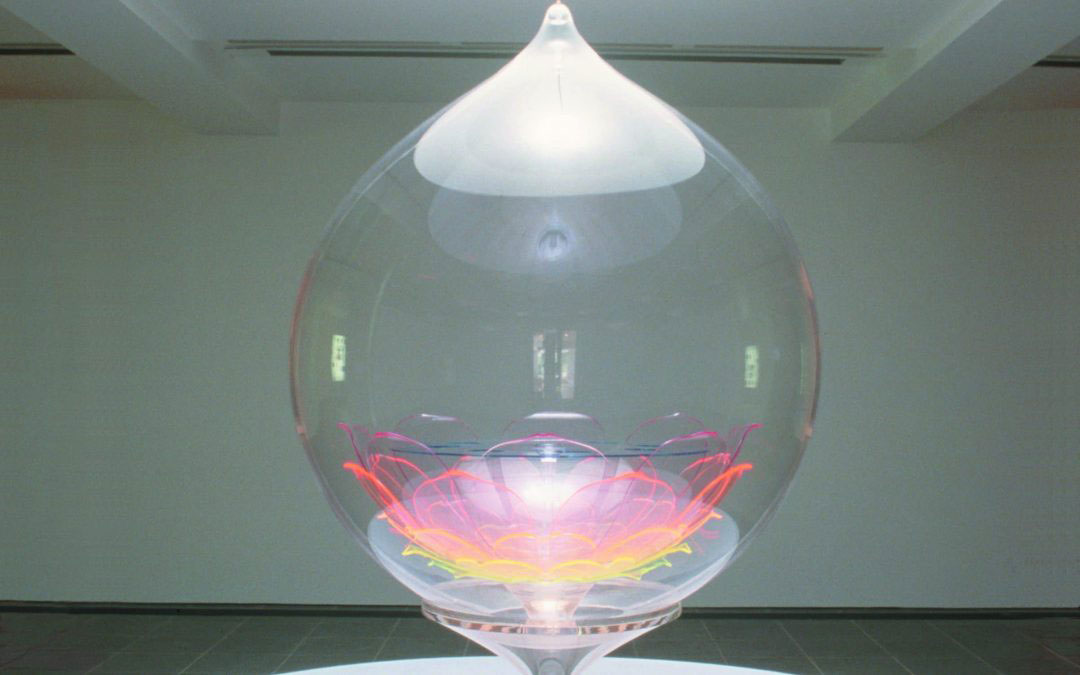 Today is the occasion to bear in mind Mariko Mori (21/2/1967- ). Best known for her performances, installations, and videos, Mori’s works focus on alternative interpretations of self and the exploration of space, spirituality, technology, and the various factors that influence the viewer’s perception of identity. This column is a tribute to artists, living or dead, who have left their mark in Contemporary Art. Through documents or interviews, starting with: moments and memories, we reveal out from the past-unknown sides of big personalities, who left their indelible traces in time and history…
Today is the occasion to bear in mind Mariko Mori (21/2/1967- ). Best known for her performances, installations, and videos, Mori’s works focus on alternative interpretations of self and the exploration of space, spirituality, technology, and the various factors that influence the viewer’s perception of identity. This column is a tribute to artists, living or dead, who have left their mark in Contemporary Art. Through documents or interviews, starting with: moments and memories, we reveal out from the past-unknown sides of big personalities, who left their indelible traces in time and history…
By Efi Michalarou
 Mariko Mori was born in Tokyo in 21/2/1967. The daughter of an art historian and an inventor, Mori studied fashion design in college and briefly worked as a model. Mori then pursued art at the Chelsea College of Art & Design in London (1989–92) and at the Whitney Museum of American Art’s Independent Study Program in New York (1992–93). In her early photographs, such as “Subway” (1994) and “Play with Me” (1994), Mori appears as the cyborg heroine of a film who navigates the environs of Tokyo. In the performance “Tea Ceremony” (1995), Mori wore the garb of a prototypical Japanese female office worker and mechanically served tea to businessmen who passed her on the street. “Body Capsule” (1995), a transparent Plexiglas container just big enough for Mori’s body, appears in the photograph “Beginning of the End” (1995) and later in the video installation “Link” (2000). For the panoramic photograph “Empty Dream” (1995), the artist took advantage of new technological advancements and inserted herself—this time in the guise of a glossy futuristic mermaid—into the single frame four times. Mori’s use of her own face in various guises has prompted frequent comparisons between her work and that of Cindy Sherman. Mori’s hybridized self began to assume more spiritual incarnations in films like “Miko no Inori (The Shaman-Girl’s Prayer)” (1996) and “Nirvana” (1996–97). In the series of photomurals “Esoteric Cosmos” (1996–98 the artist appears as a futuristic goddess hovering amid rocky terrains, seascapes, and stalagmite-covered caves. With “Dream” Temple (1999), Mori departed from the use of her own image to portray sites of futuristic spirituality and instead began to create entire environments to facilitate the viewer’s own transcendental experience. For “Dream Temple”, the viewer enters a reconstruction of the 18th-century Yumedono Hall in the Hōryū-ji Temple in Japan to encounter a massive video projection on the domed ceiling. In another immersive environ, “Wave UFO” (1999–2003), three viewers enter a sleek, biomorphic pod and are fitted with brain-wave electrode headsets capable of projecting images of the wearer’s brain waves. As extra-sensory information is transformed into visual imagery, the participants enjoy a novel form of communication for a few minutes before Mori’s animation “Connected World” appears on the rounded ceiling of the inner chamber. In 2007 Mori presented the sculptures “Tom Na H-iu, Roundstone”, and “Flatstone” at Deitch Projects in New York, extending her interest from spirituality to interactive technology.
Mariko Mori was born in Tokyo in 21/2/1967. The daughter of an art historian and an inventor, Mori studied fashion design in college and briefly worked as a model. Mori then pursued art at the Chelsea College of Art & Design in London (1989–92) and at the Whitney Museum of American Art’s Independent Study Program in New York (1992–93). In her early photographs, such as “Subway” (1994) and “Play with Me” (1994), Mori appears as the cyborg heroine of a film who navigates the environs of Tokyo. In the performance “Tea Ceremony” (1995), Mori wore the garb of a prototypical Japanese female office worker and mechanically served tea to businessmen who passed her on the street. “Body Capsule” (1995), a transparent Plexiglas container just big enough for Mori’s body, appears in the photograph “Beginning of the End” (1995) and later in the video installation “Link” (2000). For the panoramic photograph “Empty Dream” (1995), the artist took advantage of new technological advancements and inserted herself—this time in the guise of a glossy futuristic mermaid—into the single frame four times. Mori’s use of her own face in various guises has prompted frequent comparisons between her work and that of Cindy Sherman. Mori’s hybridized self began to assume more spiritual incarnations in films like “Miko no Inori (The Shaman-Girl’s Prayer)” (1996) and “Nirvana” (1996–97). In the series of photomurals “Esoteric Cosmos” (1996–98 the artist appears as a futuristic goddess hovering amid rocky terrains, seascapes, and stalagmite-covered caves. With “Dream” Temple (1999), Mori departed from the use of her own image to portray sites of futuristic spirituality and instead began to create entire environments to facilitate the viewer’s own transcendental experience. For “Dream Temple”, the viewer enters a reconstruction of the 18th-century Yumedono Hall in the Hōryū-ji Temple in Japan to encounter a massive video projection on the domed ceiling. In another immersive environ, “Wave UFO” (1999–2003), three viewers enter a sleek, biomorphic pod and are fitted with brain-wave electrode headsets capable of projecting images of the wearer’s brain waves. As extra-sensory information is transformed into visual imagery, the participants enjoy a novel form of communication for a few minutes before Mori’s animation “Connected World” appears on the rounded ceiling of the inner chamber. In 2007 Mori presented the sculptures “Tom Na H-iu, Roundstone”, and “Flatstone” at Deitch Projects in New York, extending her interest from spirituality to interactive technology.

